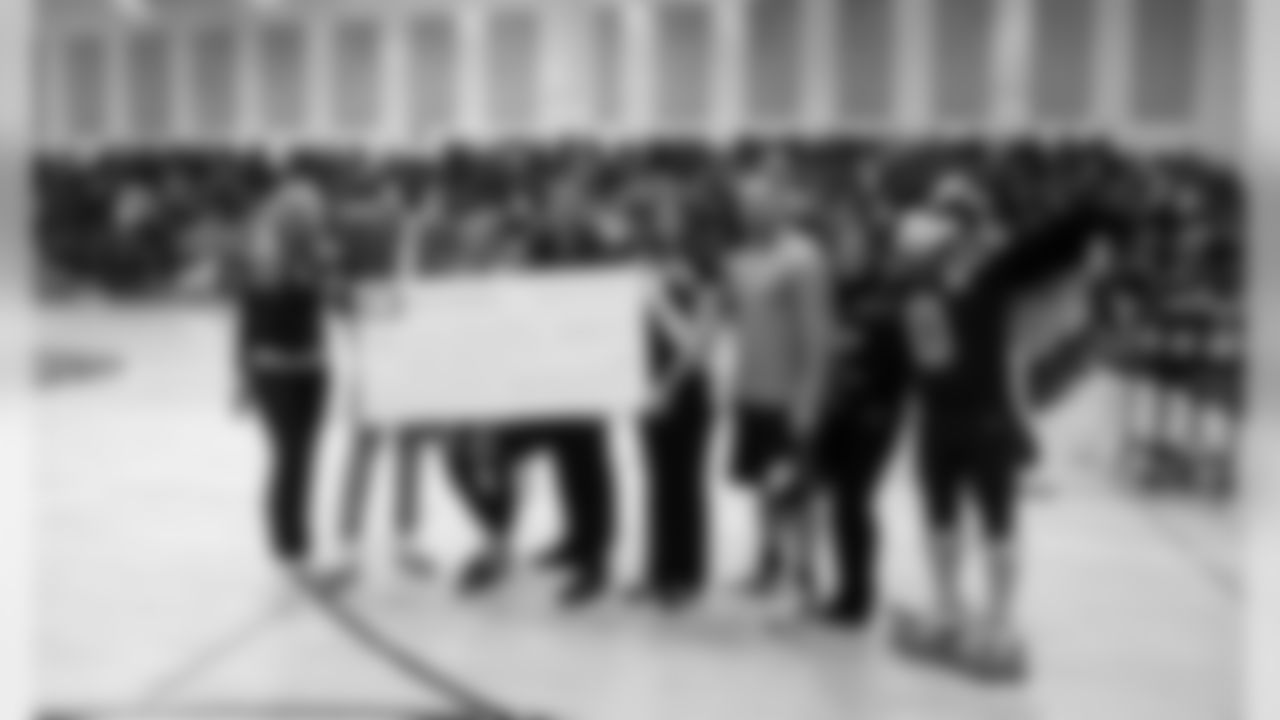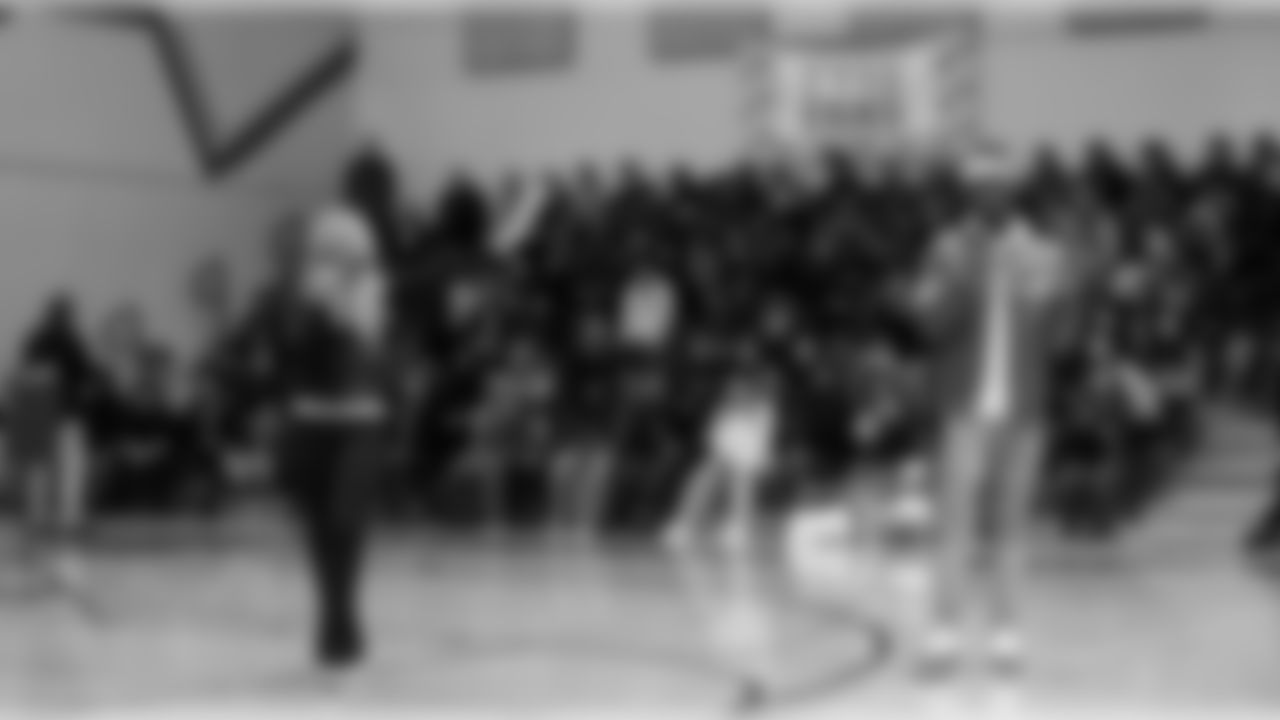With the NFL Scouting Combine kicking off this week in Indianapolis, college football's top draft-eligible players will be evaluated by general managers, scouts and coaches from all 32 NFL teams in what is a big part of the draft-evaluation process.
While the portion of the combine that takes part on the field at Lucas Oil Stadium is what fans see on TV, that part of the combine is far from being the only important part of the week. In fact, just about anyone you ask will tell you that medical evaluations and player interviews provide the most important information for teams.
"The medical is the most important reason for the event, followed by the interviews with the guys," said Matt Berry, the Seahawks' director of college scouting. "There's only so much you can get done in the formals in a 15-minute span, but a lot of the juniors, it's the first time we get to actually talk to them in person, so that's huge. First impressions are always big."
But while those elements are vital to the player-evaluation process, the on-field work matters as well.
"It's just seeing them run and move," Berry said. "The drills themselves, they've been the same drills forever, so you have a backlog of times you can compare each player to. You have a bunch of history to put players in context in terms of athleticism. Then how they're handling the whole process, that's a big test in and of itself. They're under a lot of stress for three, three-and-a-half days. They've got medical, they've got psychological testing, they've got the testing, then they've got the interviews, so it's a stressful event, and you get to see how they respond and handle that type of environment."
As for those drills, here's a quick rundown of what will take place this week and why the drills matter to football teams:
40-Yard Dash
The marquee event of the combine, the 40-yard dash is first and foremost a way to measure speed, but the time isn't the only important thing to scouts.
"It's a couple of things," Berry said. "It's how explosive they are as they're running—it's not just the time, but how they're running, how easy it looks or how mechanical it is. Some guys are manufactured in the way they start and the way they run, versus guys who can just get out and run. So the time is really important, but how they get the time is important as well… It's just a general look at how athletic they are and how they move. Some guys are much more fluid and easy, like it's more natural. You want a good time, but it's also how they run."
Bench Press
The bench press, in which players bench 225 pounds as many times as possible, can help show a team how strong a player is, but what it really demonstrates, Berry said, is what kind of worker that player was in college. Even if bench press doesn't always directly correlate to on-field play, it does show who put in the work in the weight room.
"It's a cool number for linemen, and it's a fan favorite, but to me, it just shows you how much time they spent in the weight room," Berry said. "It doesn't always correlate to power and strength on the field. If they have a big number, they trained hard. There's certain thresholds you want guys to pass. A skill position player, you'd want over 10, if it's an offensive linemen, you'd want over 20. You want to be able to tell a guy has put in time in the weight room and they've worked. It's not an event you can cram for in two or three months after the season."
Vertical Jump & Broad Jump
Both of these drills are pretty self-explanatory, calling on players to jump as high and as far as they can from a standing position. We'll lump these two together because both are measures of, as Berry put it, "the amount of power a player can generate."
"We will combine certain tests to come up with power output—the amount of power a player can generate—and (the vertical jump) is one of them. Really it's seeing how explosive a guy is from a static position. That and the broad jump—the broad jump might be even more important, because it shows power you can output laterally, which correlates a little more to your 40-yard dash time. I would say the three most important events are probably the 40 and the two jumps."
3-Cone Drill
The 3-cone drill, in which players run between three cones placed 5 yards apart in an L shape, measures the ability to change direction. But just as scouts want to see how fluid a player looks when running the 40, seeing how a player gets through the 3-cone drill can be as important as the time.
"The three cone is one of the events they can really train for and knock down their time," Berry said. "You see a bunch of different techniques. So you're watching how the guys bends and reaches. It's a lower-body flexibility, redirect, body-control drill. We're evaluating how they look, how natural it is… You're looking for a guy who can bend and have enough control and power to change directions versus sliding into the line."
Shuttle Run
Like the 3-cone, the short shuttle, otherwise known as the 5-10-5, measures lateral quickness in a short area as a player run 5 yards, touches a line, goes back 10 yards, touches a line, then runs 5 more yards through the finish.
"Again, it shows lower-body flexibility, control, power, the ability to change directions in an efficient manner," Berry said. "And obviously for the skill positions it's a lot more important, but it's nice to see offensive linemen who can bend and reach and touch. It's basically showing functional lower-body flexibility."
Seahawks cornerback Tre Flowers visits Tyee High School in Seatac, Washington to present a $10K grant on behalf of the Washington Dairy Council and to speak to students about how eating healthy and staying active were integral on his road to becoming a professional athlete.




































